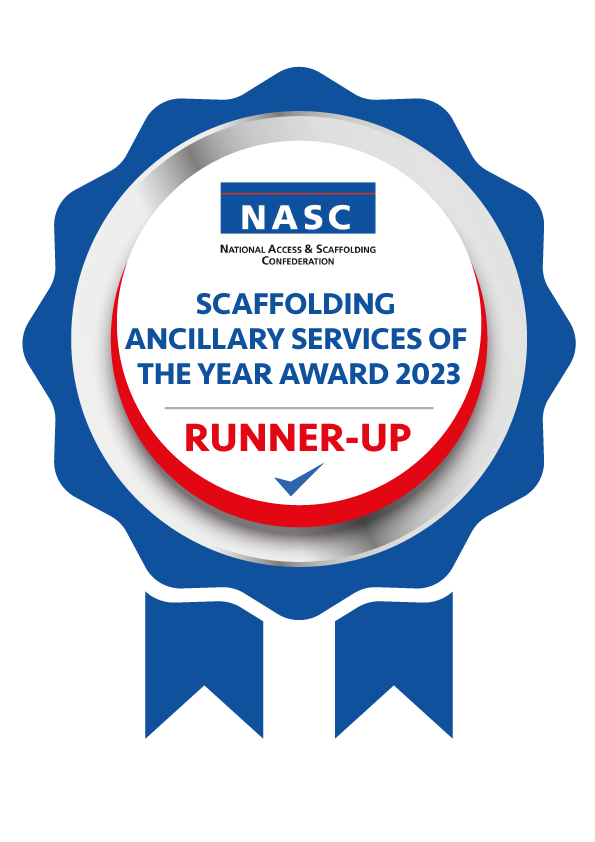The Hidden Costs of Scaffold Estimation
How Overlooking Overheads in Scaffold Estimating Can Slash Your Profits

In the competitive world of scaffolding, accurate estimates are crucial for maintaining profitability and delivering quality service. However, many scaffold estimators, supervisors, and managers overlook a critical aspect of their estimates: overheads and business costs. Failing to account for these expenses can severely impact your bottom line, leading to reduced profits or even financial loss.
In this post, we’ll explore why incorporating overheads is essential in scaffolding estimation, the common pitfalls leading to underestimation of these costs, and how using advanced scaffolding estimation software can improve your process and protect your profits.
What Are Overheads in Scaffold Estimation?
Overheads encompass ongoing business expenses not directly tied to a specific project. These include:
- Office Rent and Utilities
- Salaries and Wages for Administrative Staff
- Insurance and Legal Fees
- Equipment Maintenance and Depreciation
- Marketing and Advertising Costs
- Training and Certifications
- Software and IT Support
While these costs aren’t linked to a single project, they are crucial for the overall operation of your scaffolding business. Neglecting to include these overheads in your estimates means that your project might seem profitable on paper but could result in a loss once all costs are factored in.
The Risk of Underestimating Overheads
Underestimating or overlooking overheads can have severe consequences for your scaffolding business:
- Reduced Profit Margins
Not accounting for overheads reduces your profit margins. Even if a project seems profitable based on direct costs (like labor and materials), your actual profit—or loss—could be significantly impacted once overheads are considered. - Cash Flow Problems
Consistent underestimation of overheads can lead to cash flow issues, making it difficult to cover basic operating costs. This can result in delayed payments to suppliers, issues with staff salaries, and challenges in securing new projects. - Inaccurate Project Bids
Without overheads, your bids may be unnaturally low. While this might win you more projects initially, it can be detrimental in the long run. Underbidding erodes profitability and can damage your reputation if you need to raise prices mid-project or fail to deliver as promised. - Unsustainable Business Growth
Inaccurate cost accounting can lead to unsustainable growth. Taking on more projects than your overheads can support stretches your resources thin, compromising quality and leading to dissatisfied clients and a tarnished reputation.
Common Pitfalls in Accounting for Overheads
Avoid these common mistakes in scaffolding estimation:
- Relying on Direct Costs Alone
Many estimators focus only on direct costs—labor, materials, and equipment—neglecting indirect costs. This limited view can result in unsustainable bids. - Inconsistent Overhead Allocation
Failing to consistently allocate overheads across projects can cause discrepancies and lack of clarity in financial reporting. - Ignoring Variable Overheads
Not all overheads are fixed. Variable overheads, such as fluctuating fuel costs or overtime during peak periods, must be included in your estimates. - Overestimating Volume Discounts
While bulk buying can reduce costs, overestimating these savings without considering inventory management or supplier delays can lead to unexpected expenses. - Outdated Financial Data
Using outdated data can lead to inaccurate projections. Regularly updating financial information ensures your estimates reflect current costs and avoids unpleasant surprises.
How to Improve Your Scaffolding Estimations
Ensure your scaffolding estimates are comprehensive and profitable with these strategies:

- Develop a Standardized Estimation Process
Create a consistent process that includes all costs—direct and indirect. This helps avoid oversights and maintains consistency across projects. - Use Accurate and Up-to-Date Data
Regularly update labor rates, material costs, and overheads. Accurate data ensures your estimates reflect the true cost of doing business. - Allocate Overheads Proportionally
Allocate overheads based on project size and complexity. Larger projects may require more administrative support or insurance, which should be factored into the estimate. - Incorporate a Contingency Plan
Include a contingency plan in your estimates to cover unexpected costs, such as price increases or equipment repairs. Adding 5-10% as a buffer is a good practice. - Leverage Scaffolding Estimation Software
Specialized software can automate the inclusion of overheads and business costs, saving time and reducing errors. Tools like SMART Estimator help ensure your estimates are accurate and comprehensive.
Why not try our Free Overheads Calculators to see what your overheads should be?
Conclusion: Protect Your Profits by Accounting for Overheads
Precision in scaffolding estimation is crucial. Overlooking overheads can severely impact your profitability, leading to reduced margins, cash flow problems, and unsustainable growth. By developing a standardized process, using up-to-date data, and incorporating overheads into every bid, you can safeguard your business.
Investing in accurate estimation practices and using advanced scaffolding estimation software is an investment in the long-term health and success of your business. Don’t let hidden costs erode your profits—ensure your estimates are comprehensive, accurate, and reflective of the true cost of doing business.





